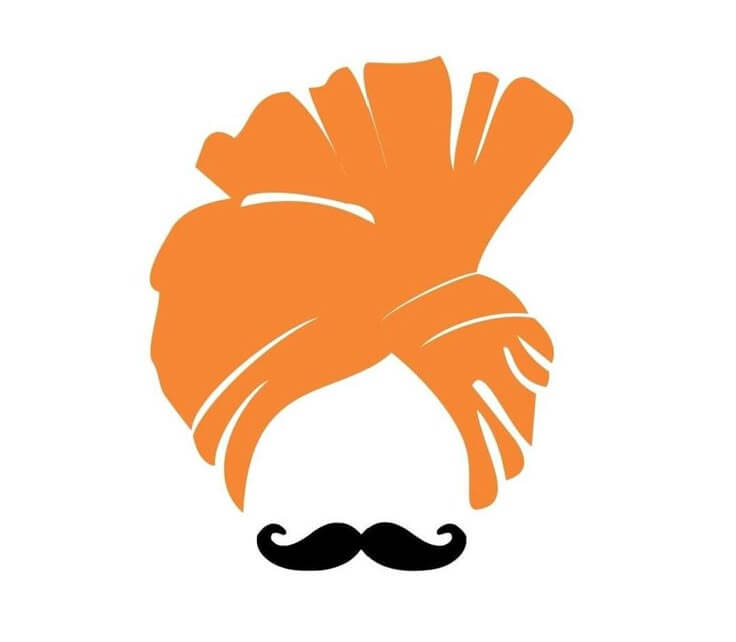Jyotiba Jatra: A Vibrant Festival of Faith and Devotion
Origin and Mythological Significance
Jyotiba Jatra is an exuberant festival celebrated at the Jyotiba Temple, located near Wadi Ratnagiri in the Kolhapur district of Maharashtra. The festival is deeply rooted in Hindu mythology and holds immense cultural and spiritual significance. Jyotiba, a manifestation of Lord Shiva, is revered as a powerful deity who vanquished evil forces to restore peace and prosperity in the region.
The origin of the festival dates back to ancient times when Jyotiba, also known as Kedareshwar, is believed to have assisted Goddess Mahalakshmi in her battle against demons. According to legend, Jyotiba descended to Earth to eradicate the demon Ratnasur, who had wreaked havoc. This divine intervention is commemorated through the annual Jatra, symbolizing the victory of good over evil.
Why Jyotiba Jatra is Celebrated
Jyotiba Jatra is celebrated to honor the deity’s role as a protector and restorer of dharma (righteousness). The festival is a grand expression of gratitude and devotion by the devotees who believe that Jyotiba continues to protect them from harm and bless them with prosperity and happiness. It is also a time to seek the deity’s blessings for familial well-being, success, and spiritual guidance.
When and Where Jyotiba Jatra is Celebrated
The Jatra is held annually during the Hindu month of Chaitra (March-April), coinciding with the full moon (Purnima). The main celebrations take place at the Jyotiba Temple, which is perched atop a hill at an elevation of about 3,120 feet above sea level. The temple’s strategic location amidst the scenic Western Ghats adds to the spiritual ambiance of the event.Rituals and Celebrations
The Jyotiba Jatra is marked by a series of vibrant and spiritually charged rituals. The festival typically spans several days, attracting lakhs of devotees from Maharashtra and neighboring states. Here is how it is celebrated:
1. Processions:
– The festival begins with grand processions where devotees carry palkhis (palanquins) adorned with flowers and images of Jyotiba.
– Traditional dhol-tasha (drums) performances accompany the processions, creating an electrifying atmosphere.
2. Chaitra Purnima Rituals:
– The main day of the Jatra, Chaitra Purnima, witnesses an influx of devotees who climb the hill to pay homage at the temple.
– Devotees smear themselves with gulal (pink-colored powder), a unique tradition associated with the festival.
3. Sacred Offerings:
– Special poojas (ritual worship) and abhisheks (ceremonial bathing of the deity) are performed in the temple.
– Devotees offer coconuts, flowers, and sweets to the deity.
4. Community Feasting:
– Large-scale community meals, often organized by temple authorities or charitable groups, foster a sense of unity and sharing among devotees.
5. Cultural Events:
– The festival includes performances of traditional folk music and dance, which celebrate the region’s rich cultural heritage.
Highlights of the Jatra
One of the most iconic aspects of Jyotiba Jatra is the vibrant use of gulal. The sight of thousands of devotees drenched in pink powder is a visual spectacle that symbolizes joy, devotion, and unity. The hill and its surroundings take on a surreal pink hue, adding to the mystical charm of the celebration.
Accessibility and Visitor Information
The Jyotiba Temple is well-connected by road and is approximately 17 kilometers from Kolhapur city. Buses, private taxis, and shared vehicles are available for pilgrims traveling to the temple. During the Jatra, special arrangements are made to manage the large crowds, ensuring a safe and comfortable pilgrimage experience.
For those seeking to immerse themselves in Maharashtra’s spiritual and cultural heritage, the Jyotiba Jatra offers an unparalleled experience. The festival’s vibrant energy, coupled with its deep-rooted traditions, makes it a must-visit event for devotees and tourists alike.


